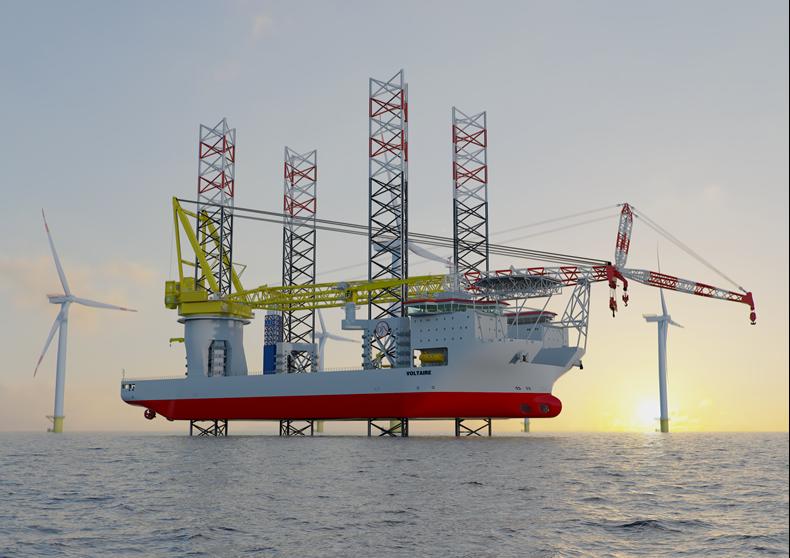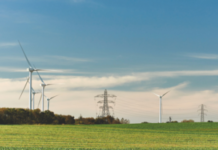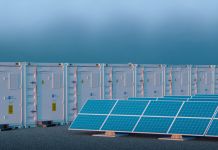‘Topping out’ is a term from building, celebrating the installation of a new structure’s highest, final element. Porting the phrase this morning into wind farm finance, SSE and Equinor jointly confirmed closure of financial terms on Dogger Bank C.
Equal with its A and B sisters in a combined 3.6 GW capacity, the North Sea joint venture between Scots, Norwegians and latterly Italians will constitute, on completion in March 2026, the world’s most powerful offshore wind farm.
Costing £ 9 Billion to build, the output from all three Dogger Bank phases will by 2026 supply 15% of Britain’s total current electricity consumption.
The partners are budgeting around £3 billion for Dogger Bank C alone, including offshore transmission. It will generate around 6,000GWh a year, or 5% of current UK consumption.
As the Norwegians prepare to operate the park, the Scots are already building Dogger Bank A and B. Each phase is 1.2 GW in capacity, and each sits 130 kilometres off the Yorkshire/Teesside coast. Twelve months ago, SSE and Equinor agreed the two earlier phases’ funding.
With farm-to-shore distances as great as 190 kilometres, the full project will be Britain’s first offshore farm needing a HVDC (high voltage direct current) link into the nation’s grid. Landfall for phases A and B will be at Ulrome, Yorkshire; for Dogger Bank C, Lackenby substation on Teesside.
The Westminster government consented the entire Dogger Bank mega-project in 2015 as a Nationally Significant Infrastructure Project. In 2019’s Allocation Round 3 of the Contracts for Difference auctions, it secured 15-year CfDs for its entire 3.6GW capacity.
Two weeks ago SSE and Equinor announced the sale to ENI of 20% of Dogger Bank’s C phase alone for £140m. Subject to regulatory and lenders’ approval expected by April, the deal completes the parties’ uniform 40:40:20 investment ratio across all three phases.
SSE’s investment in Dogger Bank comes from its fully funded £12.5bn ‘Net Zero Acceleration Plan’. Unveiled last month, this sets out a timetable of strategic capital investment to 2026, alongside ambitious 2031 targets aligned with Net Zero and the Paris climate accords’ 1.5 degrees limit.
SSE claims to lead in building more offshore wind capacity than any other company in the world.
It aims to enable the delivery of over 25% of the UK’s 40GW offshore wind target by 2030, whilst also exporting its capabilities overseas. That Net Zero Acceleration Programme seeks an increase of 4GW of net installed capacity of renewables over the five years to 2026, thereby doubling installed renewables capacity to 8GW.
That advance underpins SSE’s targets for 2031. These include :-
- a fivefold increase in renewables output to 50TWh a year
- maintaining a sustained renewables pipeline in excess of 15GW
- trebling SSE’s owned renewables capacity to over 13GW, up from 4GW today.
Dogger Bank is SSE Renewables’ biggest project currently in construction.
The firm leads on building the 1.075GW Seagreen offshore farm, of which it owns 49% When completed, Seagreen will be the world’s deepest, fixed-bottom offshore farm, and Scotland’s largest.
At 4.1GW, SSE’s fully owned offshore project Berwick Bank will also feature among the world’s largest, when completed later this decade.
SSE’s chief executive Alistair Philips-Davies said: “It is a fantastic achievement to be reaching financial close on the third phase of the world’s largest offshore wind project, just weeks after COP26 concluded in Glasgow.
“Our plans will enable delivery of over 25% of UK’s 2030 40GW offshore wind target, whilst also expanding overseas, delivering over 20% of upcoming UK electricity networks investment and deploying the critical flexibility technologies to provide security of supply.
“As well as providing clean, green power, Dogger Bank is enabling the planned GE blade manufacturing plant in Teesside and a huge number of direct and indirect jobs.”




